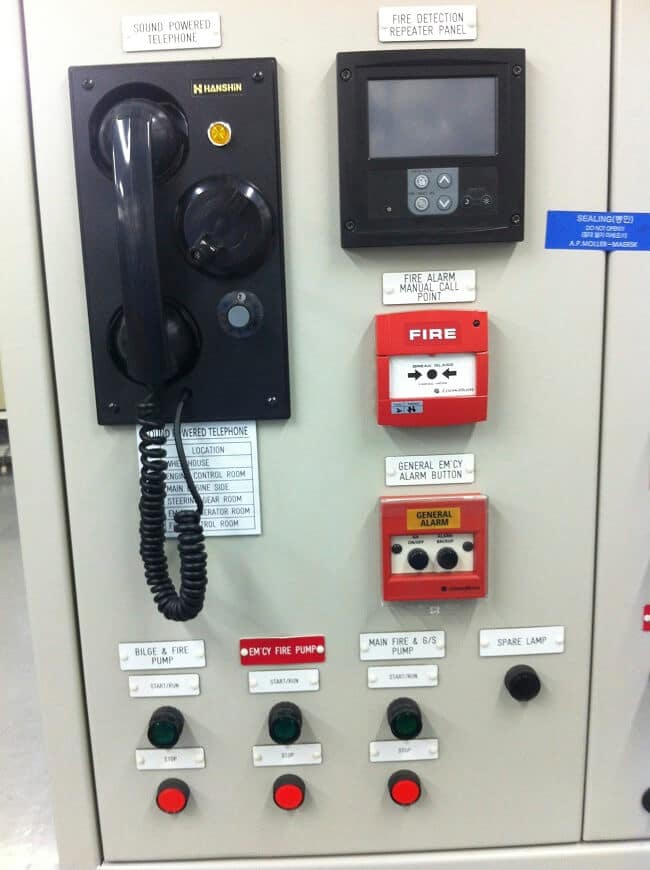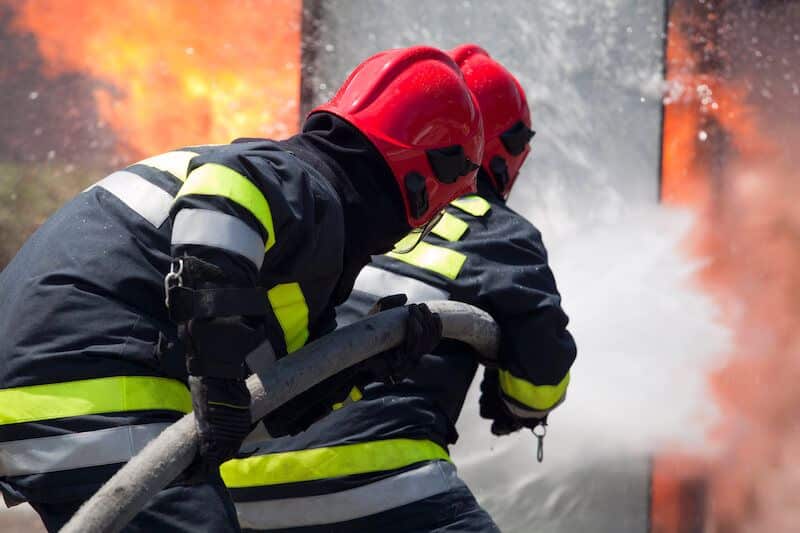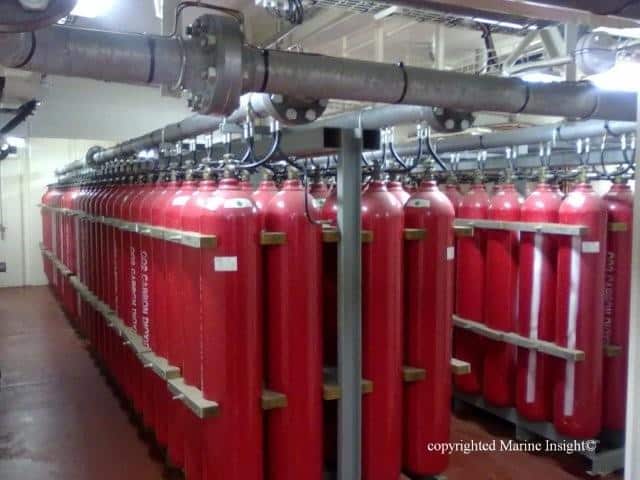

Fire is the most widely discussed hazard onboard ships. Fire in a cargo hold is in all probability referred to for dry cargo ships.
In port, it is far easier to get assistance as opposed to that at sea but that doesn’t discount the urgency and severity of the same. In fact, with more people concentrated onboard, proximity to flammable object, and dissimilar fire fighting practices, render it even more necessary to adhere to the strictest dictum.
Assuming that the fire has occurred in ship’s hold with general cargo, following are the actions that are suggested to be taken:






Although these theoretical methods hardly make any sense when there is absolute chaos onboard, following a certain procedure streamlines the action that needs to be taken. In all this it must always be remembered that safety of life is of utmost importance and that should always be given priority.
Over to you..
Do you know more about the basics of fighting fire on ships? Let’s know in the comments below or email us at – info@marineinsight.com
You may also like to read – Can Bacteria Cause Fire on Ships?
Disclaimer: The authors’ views expressed in this article do not necessarily reflect the views of The Marine Learners. Data and charts, if used, in the article have been sourced from available information and have not been authenticated by any statutory authority. The author and The Marine Learners do not claim it to be accurate nor accept any responsibility for the same. The views constitute only the opinions and do not constitute any guidelines or recommendation on any course of action to be followed by the reader.
The article or images cannot be reproduced, copied, shared or used in any form without the permission of the author and The Marine Learners.










We believe that knowledge is power, and we’re committed to empowering our readers with the information and resources they need to succeed in the merchant navy industry.
Whether you’re looking for advice on career planning, news and analysis, or just want to connect with other aspiring merchant navy applicants, The Marine Learners is the place to be.